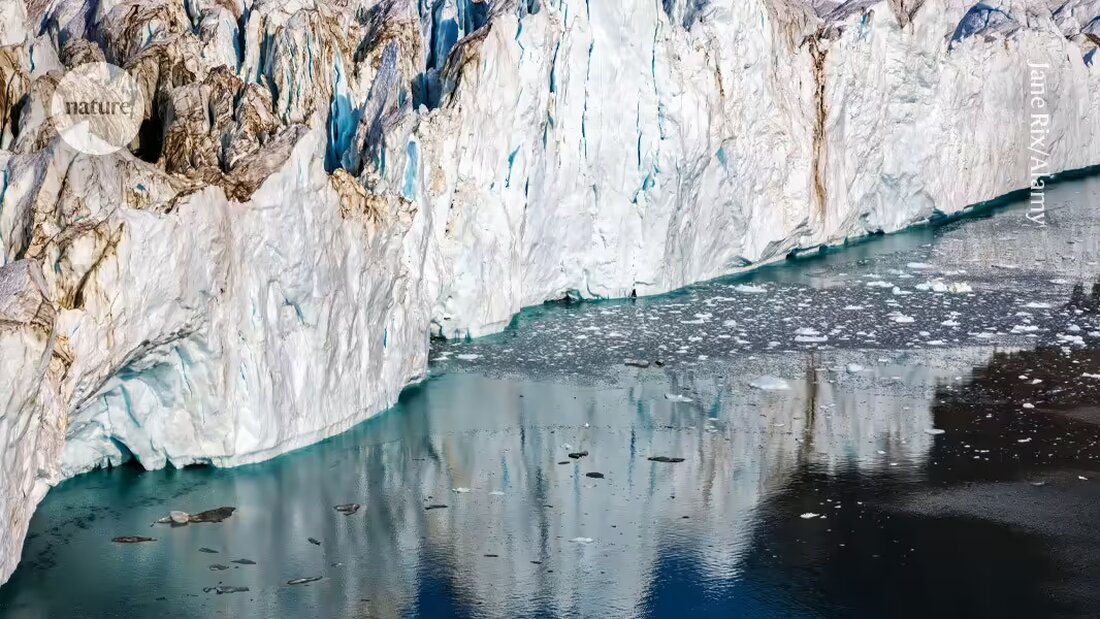On September 16, 2023, seismologists worldwide registered a strange signal from eastern Greenland. Lacked the frequency variations that normally accompany events like earthquakes: the signal was “monochromatic,” similar to the sound of a bell, and lasted for nine days. It was quickly classified as a UFO, er, USO: an unidentified seismic object.
"It's the first time we've found a seismic signal of this kind in the global data set: some people thought their sensors were broken," says Kristian Svennevig, a geologist at the Geological Institute of Denmark and Greenland in Copenhagen, who conducted a study 1over the event, which took place on September 12thSciencewas published. Remote stations picked up the signal, including one located on the other side of the world in Antarctica.
The event triggered reports of a tsunami at a research station in Dickson Fjord in Greenland, and scientists were able to identify the likely source: a 1.2-kilometer-high mountain peak had collapsed into a depression in the fjord. So they had a culprit, but it remained unclear how a landslide could produce such a long-lasting reverberation. Svennevig and his colleagues formed an interdisciplinary team to investigate.
There have been unprecedented examples of such seismological signals in the literature, dating back more than a decade. Landslides in closed water basins had created a reciprocating wave motion, known as seiche, which had a monochromatic seismic signature similar to that of 2023. The difference was that these events were only registered locally and lasted less than an hour.
wave movement
Svennevig and his colleagues began documenting the landslide and resulting tsunami. They calculated that the collapse of the mountain peak produced a landslide of about 25 million cubic meters of material, equivalent to about 10,000 Olympic-sized swimming pools. The earth material collided with a local glacier at the end of a depression, creating an avalanche of glaciers and ice that plunged diagonally into the fjord.
The original splash was 200 meters high, while subsequent waves reached about half that height, Svennevig reports. The tsunami was still 4 meters high 75 kilometers from the original impact. What made the event unique, however, was the apparent consistency of wave action - with waves of around 7 meters - that persisted between the mountainous sides of the narrow fjord. Using detailed military maps of the fjord floor, the team modeled the event and suggested that the landslide could have produced the mysterious signal.
"It's a good study that explains an 'extremely strange and unusual' seismological event," says Göran Ekström, a geophysicist at Columbia University's Lamont-Doherty Earth Observatory in Palisades, New York. He attributes this to teamwork and sharing data. “The speed with which the team was able to document, describe and explain the events shows how science can work today.”
In the end, Svennevig and his team suggest that the real culprit was global warming, which thinned the glacier beneath the mountain and ultimately formed the basis for the landslide. “We will probably see more of these strange events in the future,” he says.

 Suche
Suche
 Mein Konto
Mein Konto

